Have you been contemplating changing your cat’s diet? Have you gone as far as trying to introduce the new food but to no avail? It is understandable and safe to want to explore cat food options based on preferences or a life stage. Unfortunately, switching cat food too quickly may be more difficult than expected.
Worry not, however, because this post will show you all the information you need to help during the transition.
Table of Contents
- Introducing new cat food—is it necessary?
- What happens if you switch cat food too fast?
- How Long Does It Take a Cat to Adjust to New Food?
- Changing Cat Food: How to Do It Safely
- What are the signs that a vet is needed?
- Frequently Asked Questions
- Conclusion
Introducing new cat food—is it necessary?
Some crucial situations where your cat will need a diet change include;
Medical conditions
Just like any living organism, cats’ chances of contracting diseases like cystitis, UTIs, hyperthyroidism, and diabetes as they age become higher.
Fortunately, a diet change can help manage their conditions, especially if the current diet does more harm.
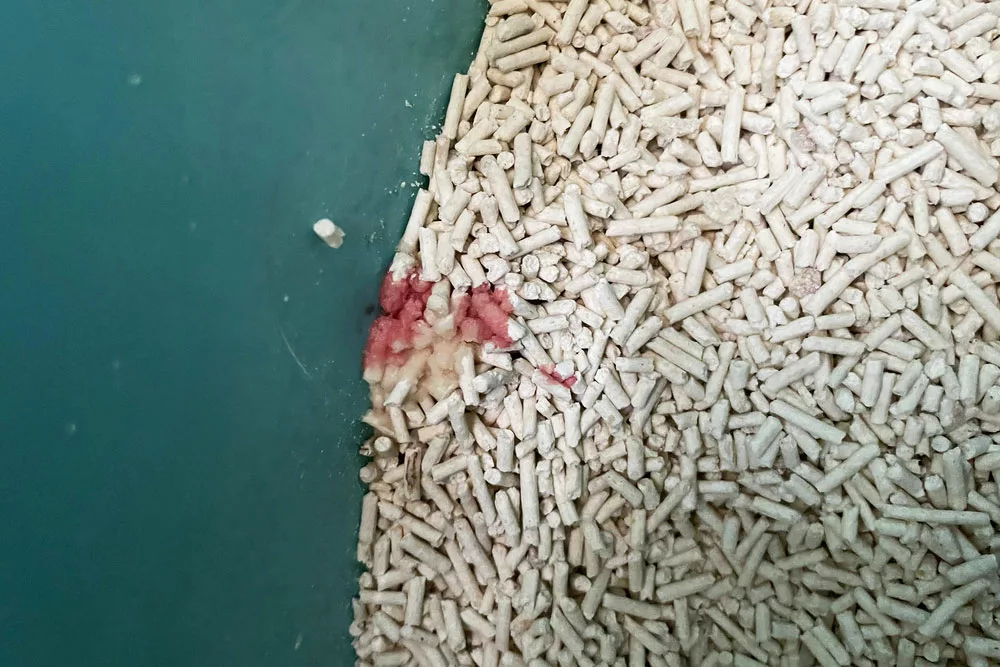
(Cat pee with blood due to a UTI)
Weight management
Feline obesity is something you should avoid at all costs as it brings complications as the cat ages. A calorie-deficit meal plan should therefore be a priority. On the contrary, pregnant or lactating cats, anorexic, and young kittens will require a high-calorie diet.
A normal healthy cat will need about 3% carbohydrates, 20% fats, and above 50% proteins.
Life stage
Realistically speaking, provided your cat gets the proper meals in adequate portions, particular meals for their life stages may not matter. But, with most labels on cat foods specifying the stages, say senior, adult, and kittens, you may need to adhere to the rules. Mostly, the food content has a precise nutrient modification to a cat’s life stage.
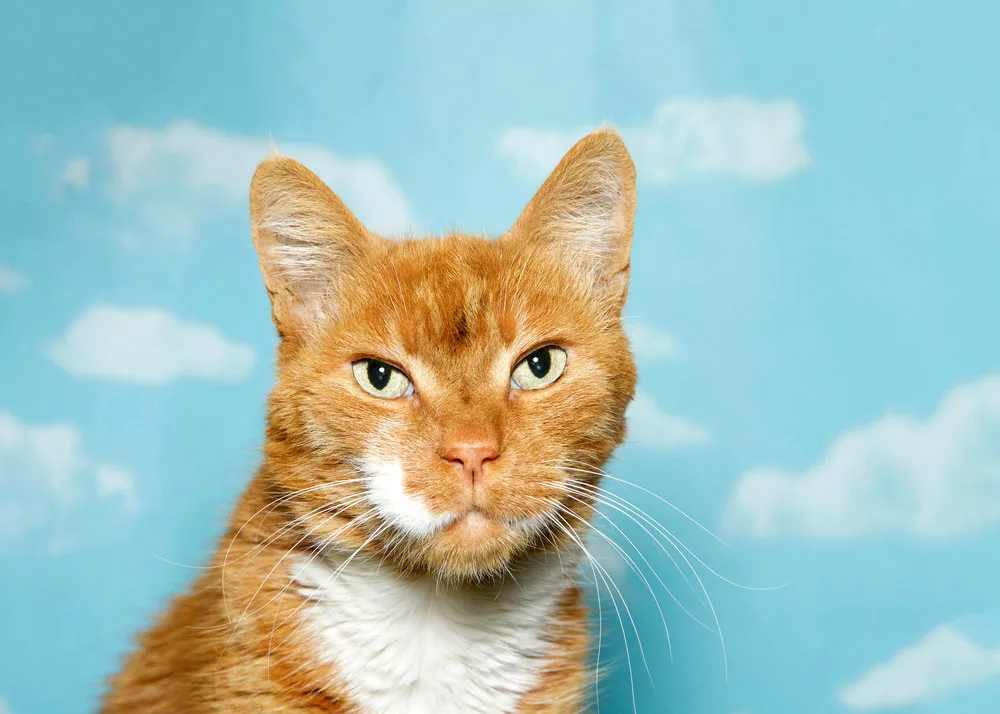
(A senior cat)
Gastrointestinal issues and allergies
Certain food products may bring about allergies or gastrointestinal upsets presenting as abdominal pain, poor appetite, IBS, constipation, vomiting, or Frequent diarrhea.
Note; Dry food could also irritate the tummy since they’re highly processed and harsh, but opting for wet foods will help.
General Health
Finally, your cat may need more than ideal food for its predatory nature. Most cat foods nowadays have meat substitutes or cheap fillers which aren’t nutrient-dense. As such, a switch to meat-dense options will come in handy.
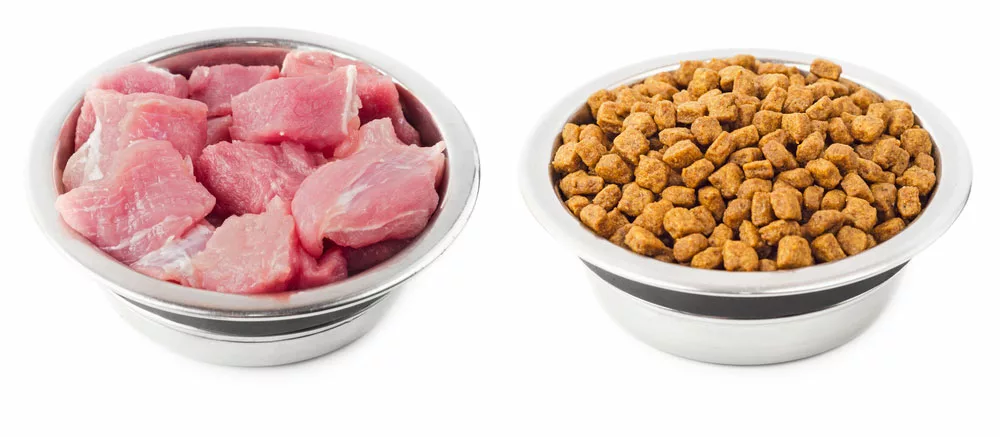
(Meat and dry food for cats)
What happens if you switch cat food too fast?
Generally, felines have high sensitivity toward food changes. Therefore, a quick dietary change can expose them to challenges such as loss of appetite, vomiting, diarrhea, and gastrointestinal discomfort.
How Long Does It Take a Cat to Adjust to New Food?
One to two weeks is enough for a cat to get used to its new food. Unlike sudden change, gradual change using a transitioning plan helps them adapt easily to the food.
Changing Cat Food: How to Do It Safely
Now, let us learn about food switching using the step-to-step guide.
Choose cat food according to your life stage.
The nutritional requirements of your kitten will differ when it is an adult or a senior. And so, the choice of food should align with their life stages. You can also consider the preferences, i.e., wet or dry food, and health status.
Mix old food with new food
Gradually mixing the new and old food will help your cat familiarize itself with a new taste before fully adopting it.
Follow a 7-day transition schedule.
A progressive 7-day meal plan could be slow, but it is a sure way to train your cat on newer foods. An example is in the table below;
| Days | Strategy |
| 1-2 | ¼ new food plus ¾ old food |
| 3-4 | ½ new food plus ½ old food |
| 5-6 | ¾ new food plus ¼ old food |
| 7 | Whole new food |
Use a ten-day transition period for older cats.
You can use a ten-day transition plan as outlined for cats older than nine years.
| Days | Strategy |
| 1-3 | ¼ new food plus ¾ old food |
| 4-5 | ½ new food plus half old food |
| 6-9 | ¾ new food and ¼ old food |
| 10 | Whole new food |
Look for signs of difficulty and adjust accordingly
The symptoms to keep an eye on range from loss of appetite to diarrhea, vomiting, and soft stool. If they are mild, you can prolong the transition period. However, if they are severe, take the cat to a vet for further checkup.
Evaluate when to change cat food
Additionally, you can consult your veterinarian about the cat’s diet change if you need clarification on the exemplary measures to take. After that, you will decide on the meals and timeline that suit your cat. As a reference, our section on why the change might be necessary should guide you.
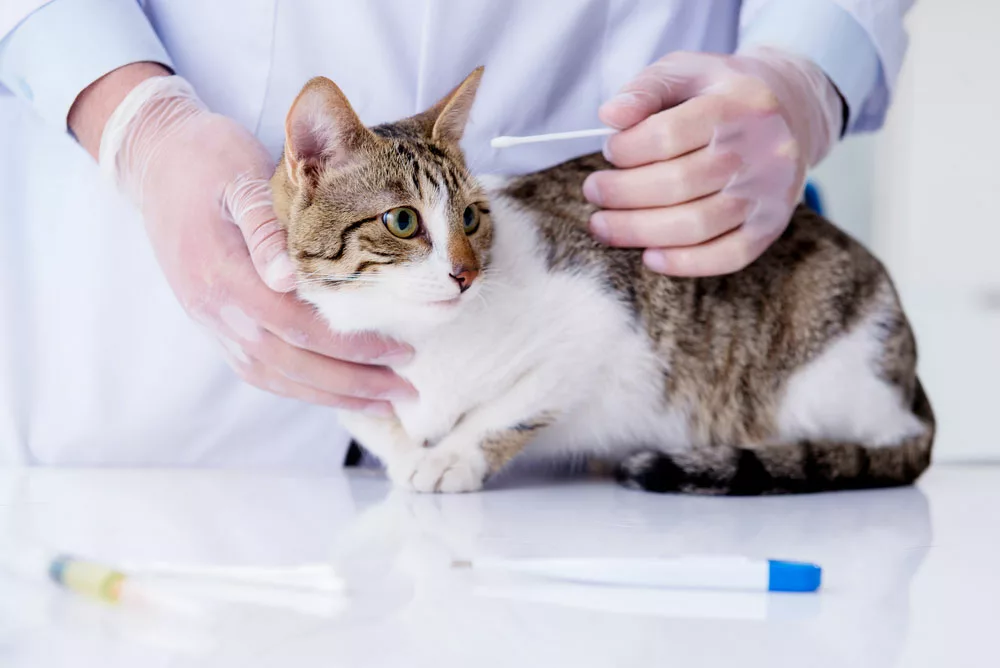
(A visit to the vet for a regular checkup)
What are the signs that a vet is needed?
As time goes by, your fur baby should be able to have a stressless and smooth transition. However, this may not be the case for your cat, so it is good to have preventive measures.
Some signs that the dietary change could be affecting your cat;
- weight loss,
- dull coat,
- avoidance of food, or
- digestive problems like vomiting or diarrhea.
Under such circumstances, hurriedly take your cat for a checkup. The veterinarian will help you determine if the problem lies in the new food or is due to an underlying issue.
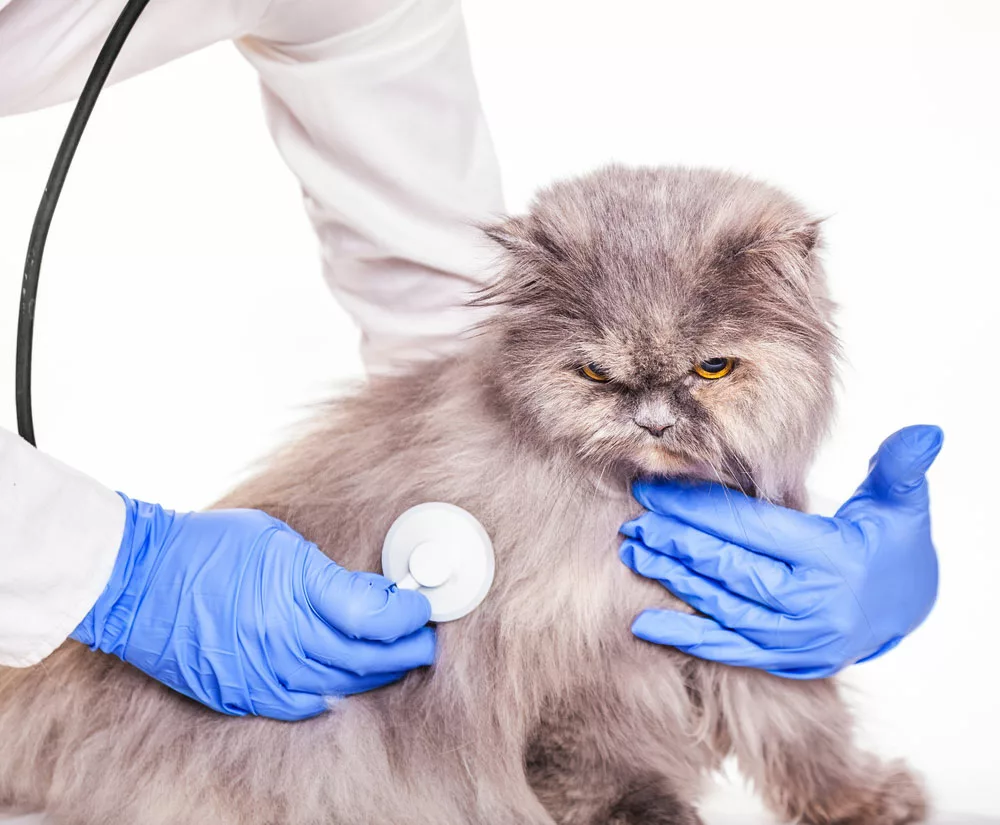
(Working with animals in a veterinary clinic)
Frequently Asked Questions
Q: Is It Normal for A Cat to Have Diarrhea After Changing Food?
Yes, it’s normal for your feline friend to present with diarrhea after taking a new food. Often, the diarrhea is due to some food types irritating the cat’s stomach or being on the same diet for a long period. Examples of foods that could cause diarrhea are cow’s milk, high-fiber diet, BARF diet, or raw cat food.
Q: Can Changing Your Cats’ Food Make Them Sick?
It can. Sudden changes affect their stomach’s microbiota which can cause vomiting and diarrhea. The new food is undoubtedly good/safe, but their bodies may take time to acclimate to it.
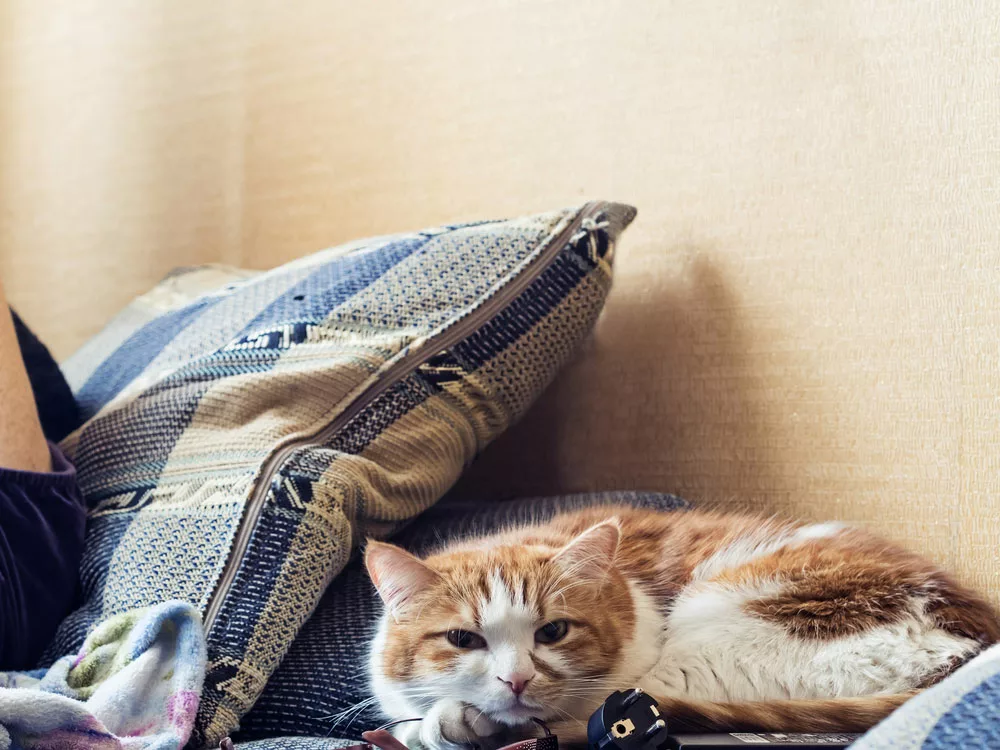
(Sick cat)
Conclusion
All in all, there are several reasons why you may want to change your cat’s diet. It could be a health condition, quality cat food in the market, life stage, etc. In all attempts, however, ensure you use the correct procedure to enable your cat to adapt.
You can contact us for more information, inquiries, or clarifications. We are looking forward to interacting with you.
